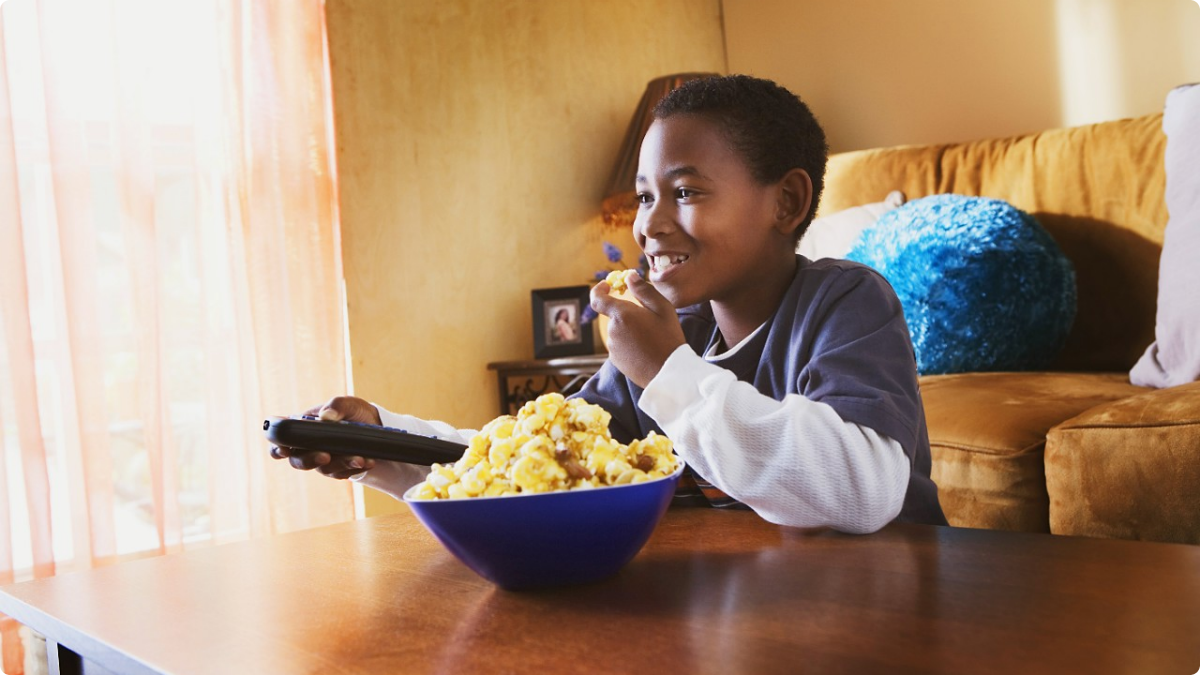Television may be an inevitable part of young children’s lives. Though some media researchers and pediatricians recommend that parents minimize their children’s exposure to it — no TV for children under two, they suggest — it may be more useful to think about how TV does or does not fit into your child’s overall development.
Let your child know that watching TV can be an active experience rather than a passive one. You can do this by repeating words or phrases you hear during a show, encouraging your child to sing and dance along with characters, or talking to him about what he sees and hears.
- Be choosy about the shows you and your child watch.
Read online and print reviews of shows, looking for ones appropriate for your child’s age and stage of development. Rather than trusting your luck to find something suitable, keep on hand a supply of prerecorded shows and reliable videos that you know are appealing, educational and inspiring. Turn off the set when a program you have selected is over. - Watch TV when your preschooler does.
Young children often imitate what they see and hear on TV. Don’t hesitate to ask questions that encourage your child to invent her own dialogue or vary the plot. Here are some TV conversation starters: What happened in the beginning of the movie? Which character would you like to be? If you could make up a new story with the same characters, how would your story end? - Prevent TV from replacing family time and active play.
Limit your child’s TV time. This will guarantee him uninterrupted time spent with you, playing with his peers or exploring the environment. Use the musical aspects of a show or a character’s physical feats to encourage your child to dance, jump and clap rather than just sit still and watch. - Use TV shows and videos to enhance listening skills.
Turn TV into a listening game: While watching a familiar show or movie, ask your child to turn her back to the TV set. When a familiar character begins to speak or sing, ask her to identify who it is just by listening. - Avoid programs that show characters resolving conflict with violence.
When your child sees a character solve a problem by hitting, kicking or biting, point it out as something not to do. Offer alternative courses of action: “Rather than hitting his sister, that boy could have asked her to stop bothering him.” - Make it clear that cartoon characters do things people cannot.
If your child imitates something a television character does, you might remind him: Even though cartoon characters walk away from accidents, jumping off a swing can really hurt you. - Avoid programs that could frighten your child.
If a show or movie scares your child, calm her with a cuddly toy, a hug or something to drink. Physical comforts are often more soothing than verbal reassurances.


